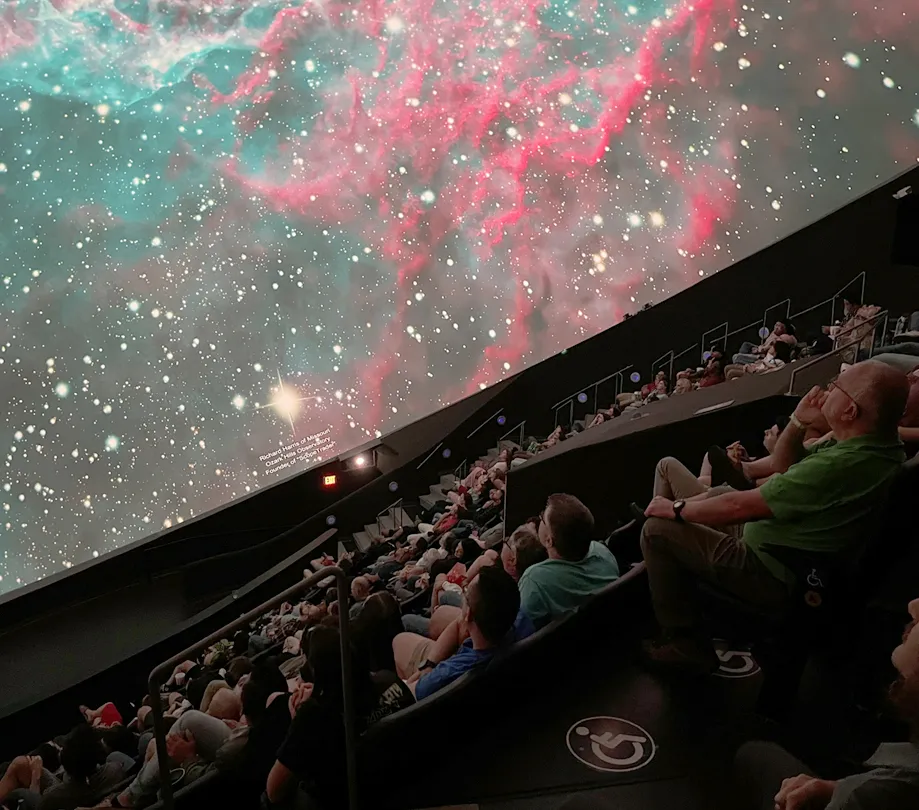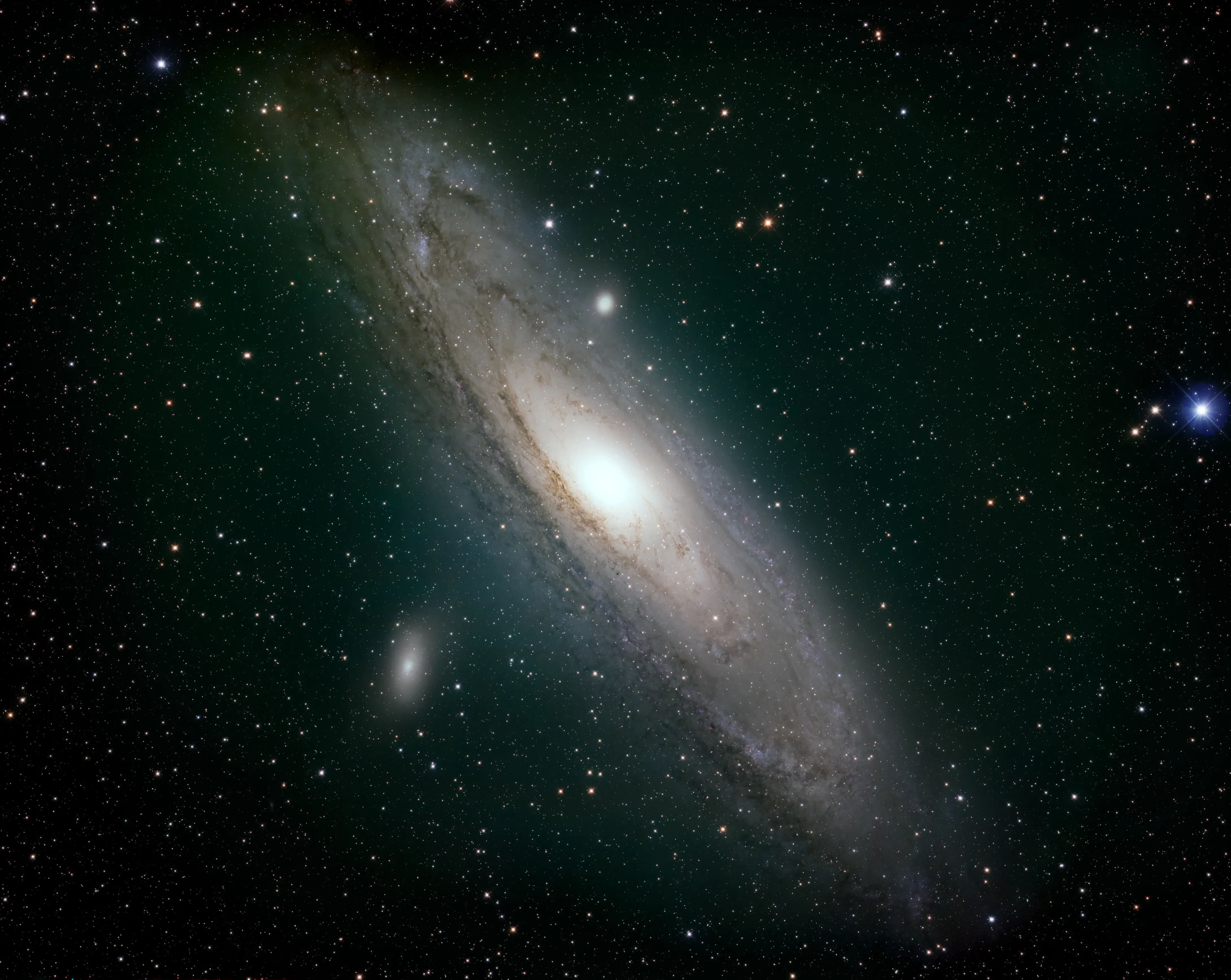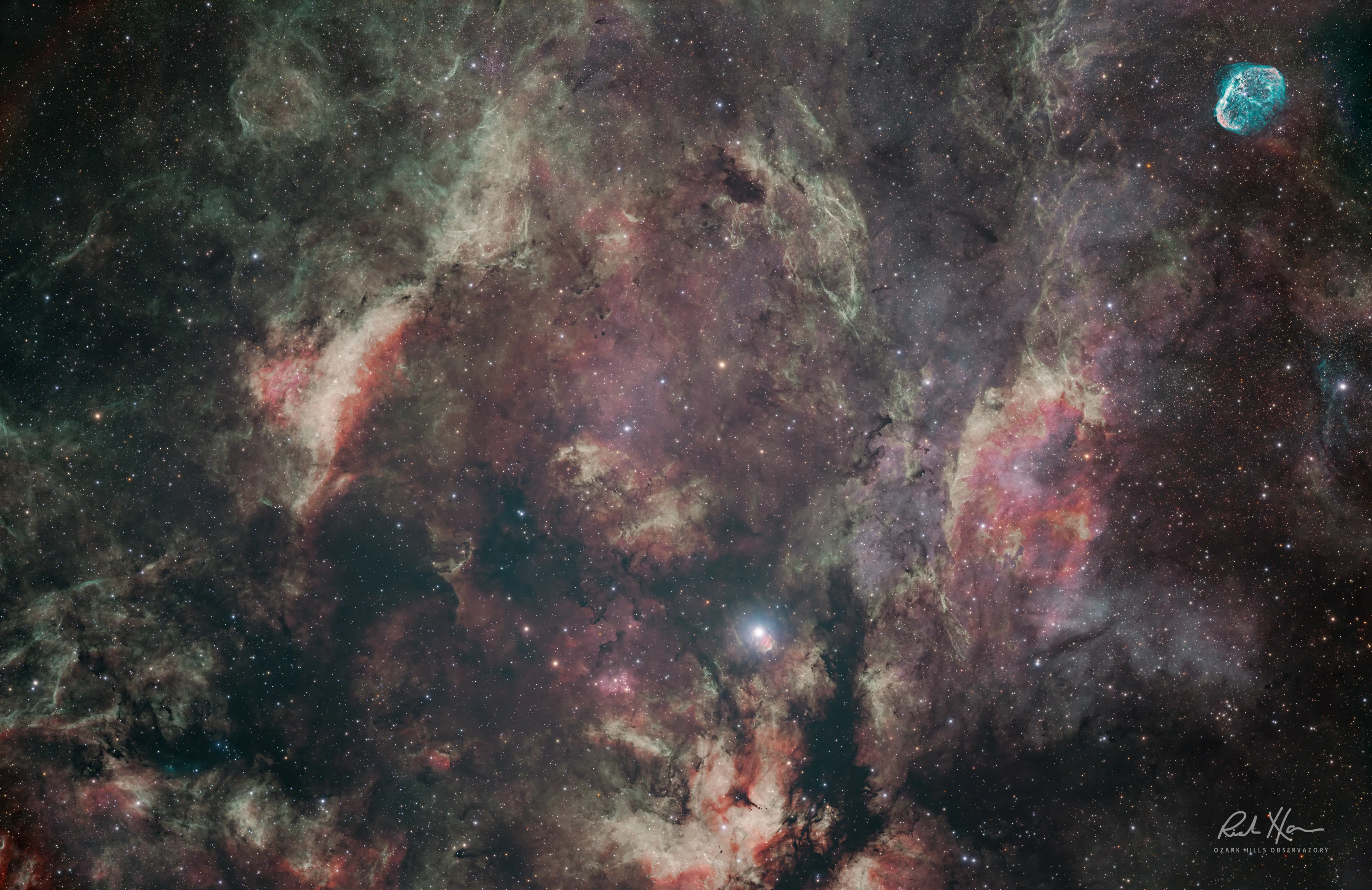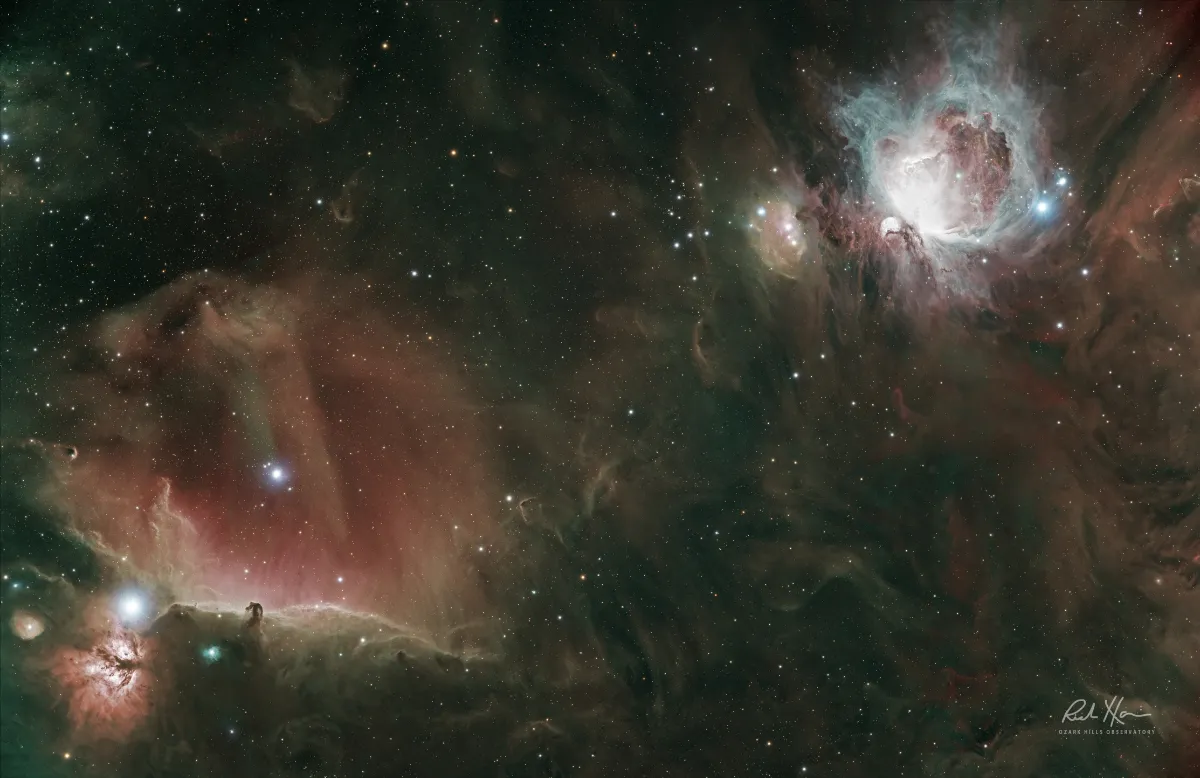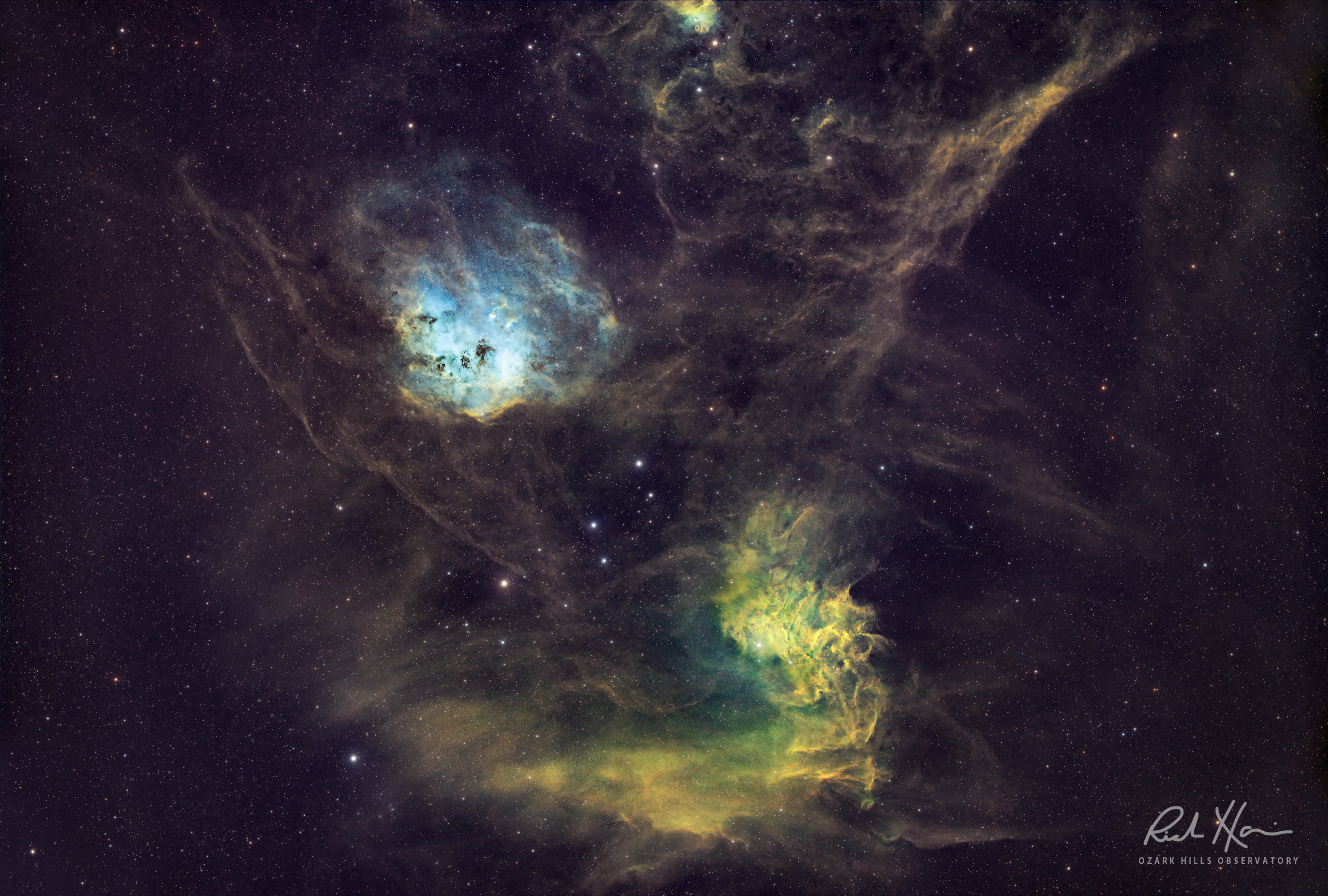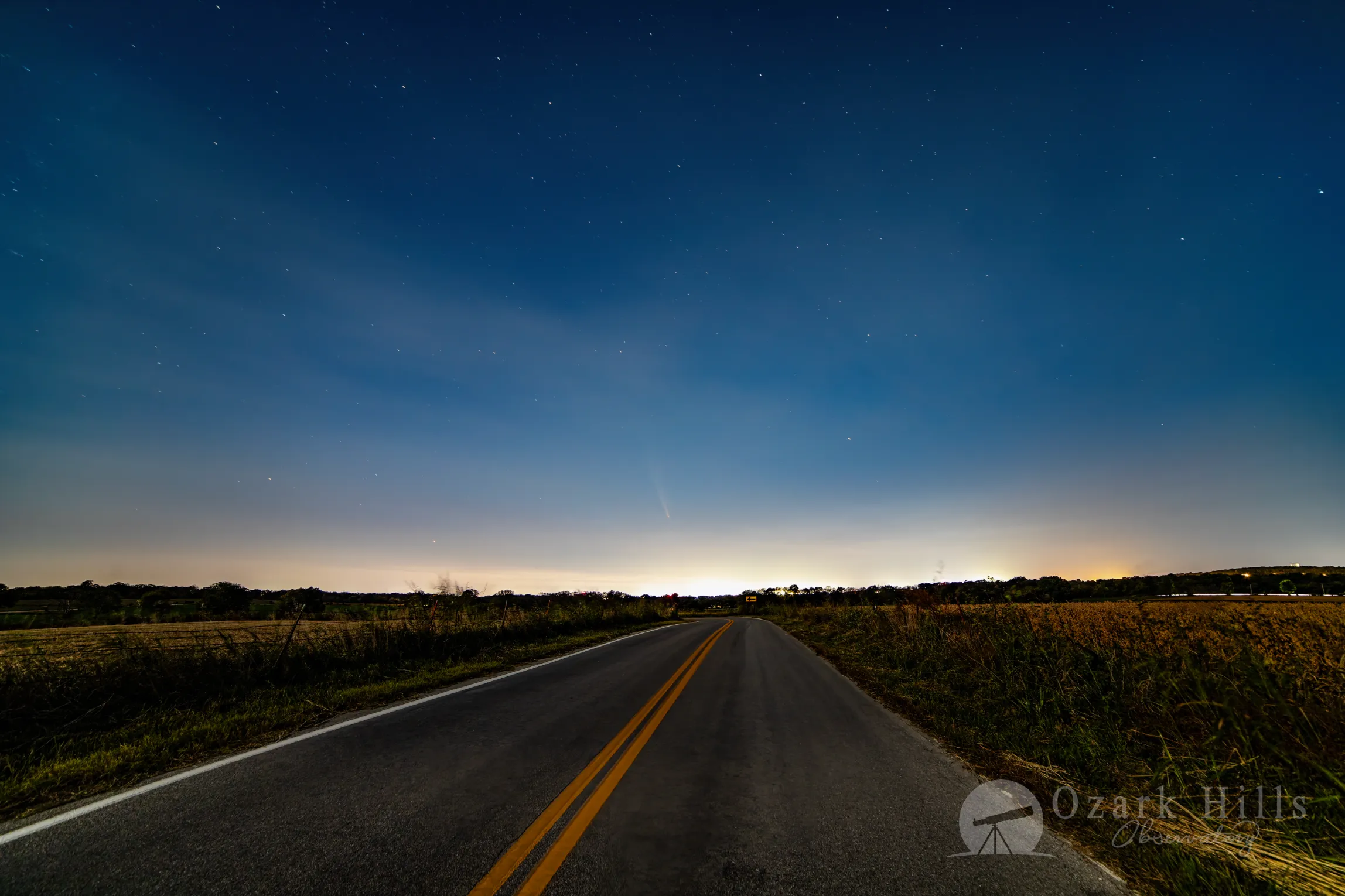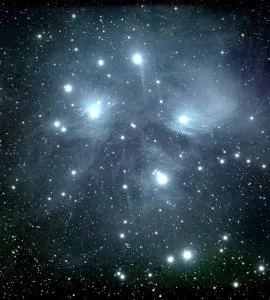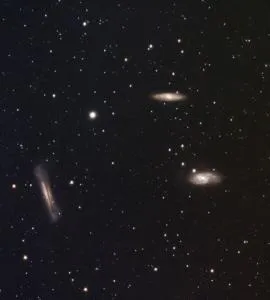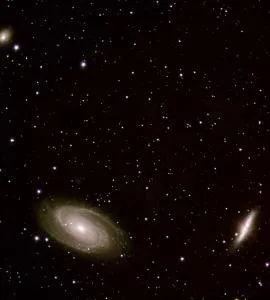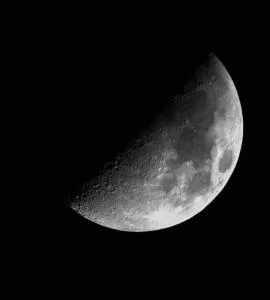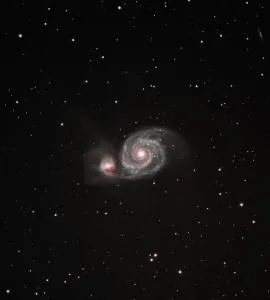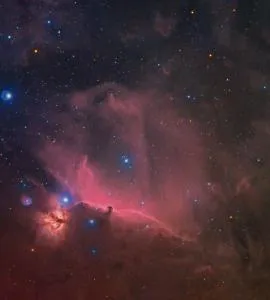I captured California Nebula with my telescope in the Ozarks
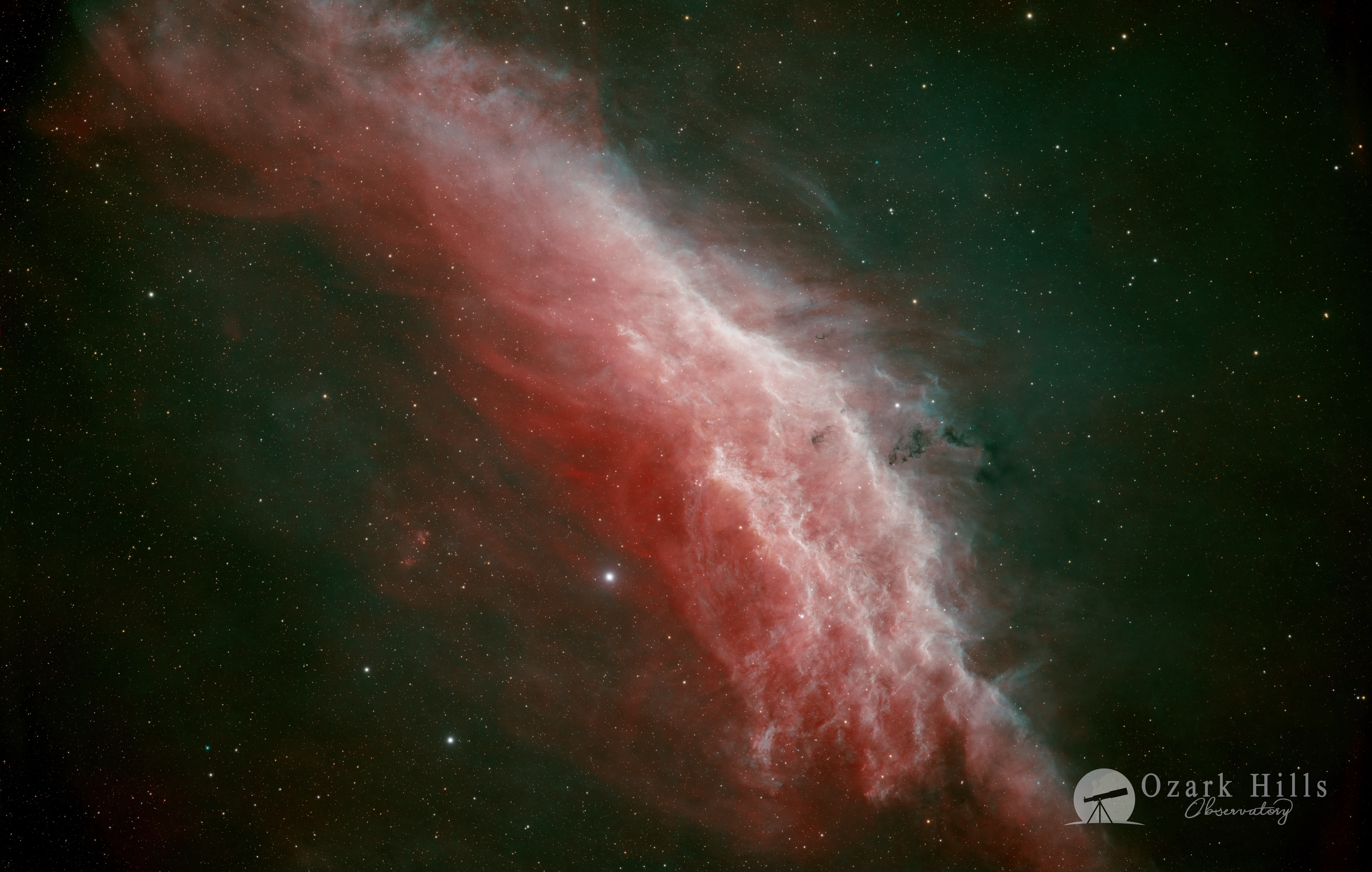
Richard Harris reveals the hidden beauty of NGC 1499, California Nebula through 18 hours of deep-sky imaging. A breathtaking look at sulfer and hydrogen light, cosmic structure, and the quiet wonder waiting above Missouri’s dark skies.
There’s something almost poetic about NGC 1499, better known as the California Nebula. It sits quietly in the constellation Perseus, just north of the Pleiades, glowing softly in the darkness. Its shape resembles the outline of California, but its true nature is far less earthly. This immense cloud of ionized hydrogen stretches over 100 light-years across, energized by the brilliant ultraviolet light of the nearby O-type star Menkib.
From my backyard observatory in Missouri, I captured this nebula between September 28th and October 3rd, 2025, under a Bortle 3–4 sky. Over the course of several nights, I gathered roughly 18 hours of exposure through narrowband and broadband filters using a Takahashi FSQ-106EDX4 telescope with a 0.7X reducer, paired with a ZWO 6200MM camera cooled to -20°C. Each photon collected from the nebula traveled over a thousand years to find its way into that sensor—light that left long before the Renaissance, before any telescope was even imagined.
I’ll be honest. I used to think this nebula was boring. It never struck me as particularly dynamic or complex in other people’s photos. But after spending multiple nights capturing it with high-end equipment and processing the data myself, I began to see what was really there. The details, the subtle textures, the faint structures interwoven through its hydrogen clouds—none of it felt ordinary anymore. Now I think I’d like to go even deeper next time, integrate longer data, and see what else it might reveal.
The Physics of Light and Distance
The red glow of the California Nebula comes from hydrogen atoms recombining after being stripped of their electrons by Menkib’s radiation. In simple terms, it’s the universe showing us what happens when energy meets gas in just the right balance. Sulfur and oxygen add delicate shades of gold and teal, invisible to the human eye but revealed through narrowband filters.
When viewed in hydrogen alpha, the nebula appears as a vast curtain of glowing plasma. In the combined SHO palette, the image reveals subtle structures within the cloud—filaments that twist and fold like smoke caught in a breeze. These features are the fingerprints of stellar winds and the shockwaves of star birth and death, processes that never truly stop.
Imaging the Nebula
The data collected included 80 frames each of sulfur, hydrogen, and oxygen at 300 seconds per frame, plus broadband color for context. I didn’t use darks, flats, or bias frames this time, instead relying on careful calibration and dithering to manage noise. The final image blends scientific precision with aesthetic intention, showing both structure and scale.
The Breath of Creation
In Genesis, creation begins with light and breath, the moment when formless void becomes something radiant and alive. The California Nebula, glowing from ionized hydrogen, is literally the breath of a star - energy transforming matter into illumination.
That connection between breath, light, and creation runs deep. You could subtly suggest that what we see in this nebula is the same cosmic principle that the earliest writers tried to describe in their own language: the idea that light is both the beginning and the continuation of everything.
I see what those ancient writers might have meant by ‘Let there be light.’ Hydrogen, oxygen, and sulfur - simple elements animated by starlight become the canvas of creation.
California Nebula capture details
Astrophotographer: Richard Harris
Object: NGC 1499 California Nebula
Date: September 28th - October 3rd, 2025
Location: Strafford, Missouri USA
Telescope: Takahashi FSQ-106EDX4 with 0.7X 645 Reducer (380 mm)
Mount: ZWO AM5 harmonic drive
Camera: ZWO 6200 MM (monochrome), Temp= -20, Gain= 300 / Chroma RGB + SHO 3nm filters
Guide Scope: Williams Optics 50mm
Guider: ZWO ASI 290 mini
Controller: ZWO ASI Air
Narrowband Acquisition Details:
Sulfer II: 80 frames at 300s = 6.7 hours
Hydrogen Alpha: 80 frames at 300s = 6.7 hours
Oxygen III: 80 frames at 300s = 6.7 hours
Red: 5 frames at 180s each = 1 hour
Blue: 5 frames at 180s each = 1 hour
Green: 5 frames at 180s each = 1 hour
Total acquisition time = 18 hours
Darks/Flats/Bias: (None)
Processing: Pixinsight, Photoshop
Bortle Class Sky: 3-4
About the Author
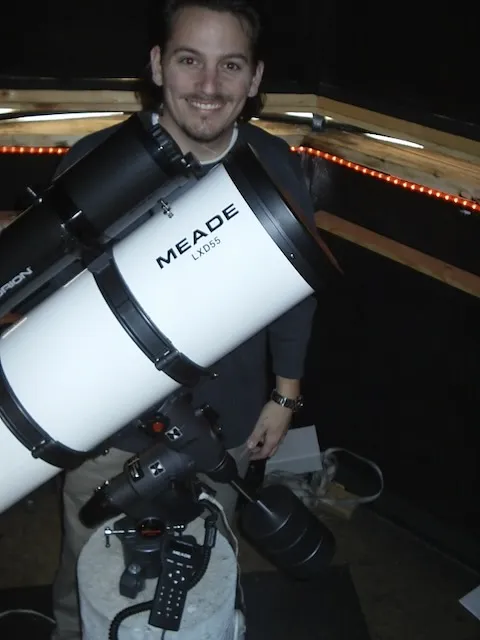
Meet Richard Harris. He is the founder and editor-in-chief of ScopeTrader, with over 30 years of experience in observational astronomy and astrophotography. He serves as the director of the Ozark Hills Observatory, where his research and imagery have been featured in scientific textbooks, academic publications, and educational media. Among his theoretical contributions is a cosmological proposition known as The Harris Paradox, which explores deep-field observational symmetry and time-invariant structures in cosmic evolution. A committed citizen scientist, Harris is actively involved with the Springfield Astronomical Society, the Amateur Astronomers Association, the Astronomical League, and the International Dark-Sky Association. He is a strong advocate for reducing light pollution and enhancing public understanding of the cosmos. In 2001, Harris developed the German Equatorial HyperTune—a precision mechanical enhancement for equatorial telescope mounts that has since become a global standard among amateur and professional astronomers seeking improved tracking and imaging performance. Beyond the observatory, Harris is a serial entrepreneur and founder of several technology ventures, including Moonbeam® (a software company), App Developer Magazine (a leading industry publication for software developers), Chirp GPS (a widely used mobile tracking application), MarketByte, and other startups spanning software, mobile, and cloud-based technologies. Driven by both scientific curiosity and creative innovation, Harris continues to blend the frontiers of astronomy and technology, inspiring others to explore the universe and rethink the possibilities within it. When he's not taking photos of our universe, you can find him with family, playing guitar, or traveling.
